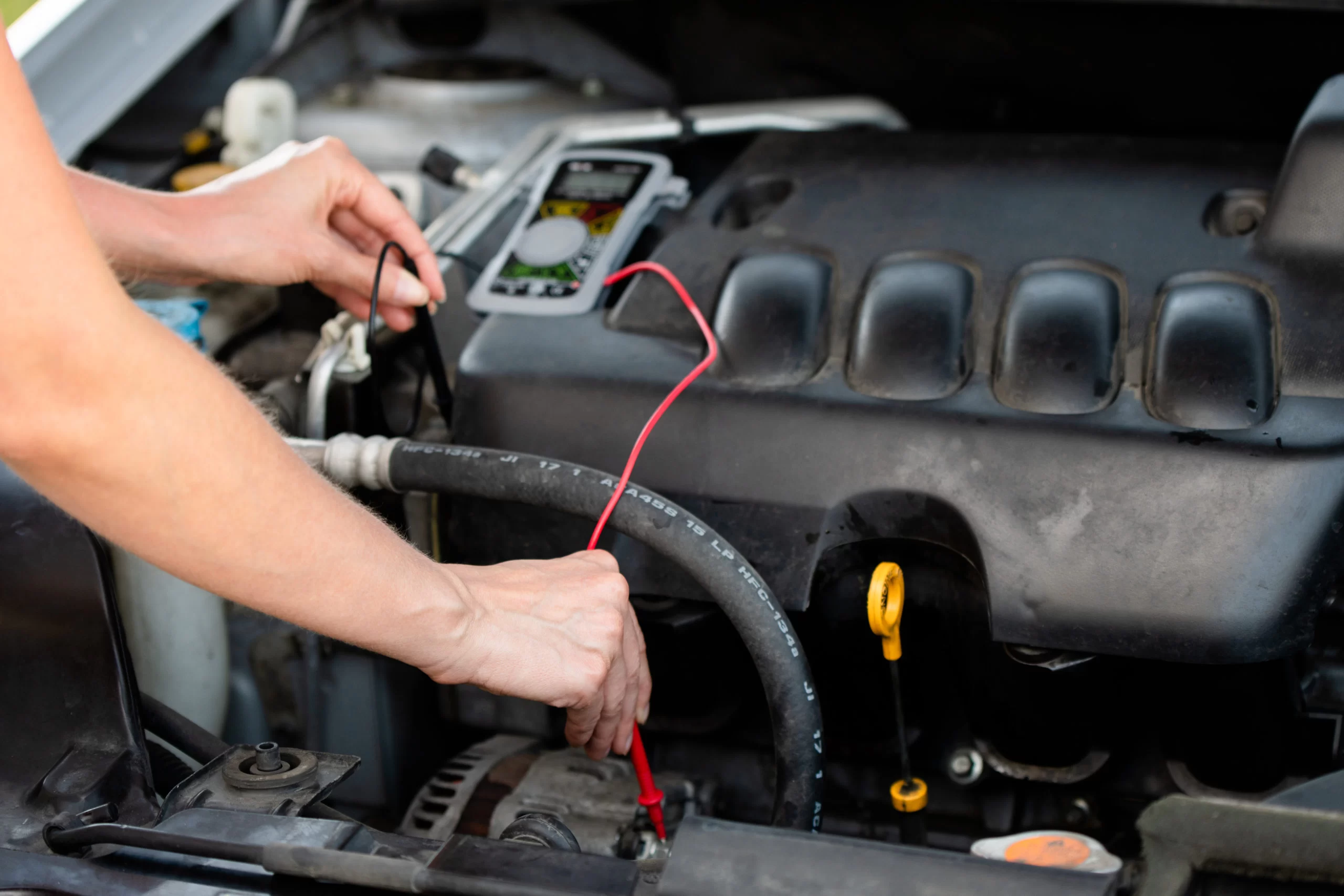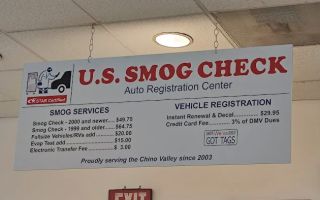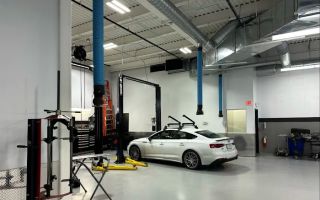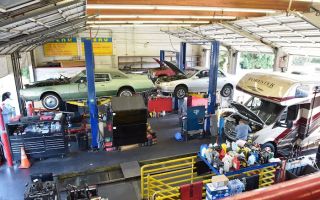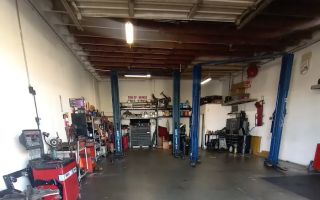How to Fix a Car with a Bad Battery – A Step-by-Step Guide
Nothing is more frustrating than turning the key in the ignition only to hear a weak click or, worse, nothing at all. I’ve dealt with dead batteries multiple times, and I know how inconvenient they can be. Whether the battery is completely dead or just struggling, knowing how to diagnose and fix the issue can save me time, money, and stress. Instead of immediately calling for roadside assistance, I always go through these steps to troubleshoot and fix the battery issue myself.
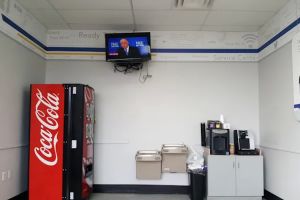
NTB-National Tire & Battery
6315 Prentiss School Dr, Canal Winchester, OH 43110, USA
1. Recognizing the Signs of a Bad Battery
Before I jump to conclusions, I make sure the battery is actually the problem. Here are some common symptoms of a failing battery:
- Car won’t start: If I turn the key and hear a clicking noise or nothing at all, the battery may not have enough power.
- Dim lights or weak electrical components: If my headlights, interior lights, or dashboard seem dimmer than usual, it’s often a battery issue.
- Slow engine crank: If the engine cranks sluggishly before starting, the battery might be struggling.
- Frequent need for jump-starts: If I’ve had to jump-start my car more than once in a short period, my battery may be near the end of its life.
- Battery warning light: Many modern vehicles have a dashboard warning light indicating battery or charging system problems.
2. Testing the Battery
Once I suspect a bad battery, I perform a few tests to confirm.
- Checking battery terminals: I look for corrosion, loose connections, or frayed wires. A weak connection can cause electrical issues.
- Using a multimeter: I set my multimeter to DC voltage and check the battery. A healthy battery should read around 12.6V when the car is off and above 13.7V when running.
- Load testing: If I suspect the battery is weak, I use a battery load tester or take it to a shop to have it tested under load.
3. Jump-Starting the Car
If my battery is dead but not completely damaged, I can jump-start the car.

Pep Boys
1200 W Washington Blvd, Los Angeles, CA 90007, USA
Using Jumper Cables
- I park a working vehicle close to mine, ensuring both cars are turned off.
- I connect the red clamp to the positive (+) terminal of the dead battery.
- I attach the other red clamp to the positive terminal of the good battery.
- I connect the black clamp to the negative (-) terminal of the good battery.
- I attach the last black clamp to an unpainted metal surface on the dead car (not directly on the battery).
- I start the working car and let it run for a few minutes.
- I attempt to start my car. If it starts, I let it run for at least 10–15 minutes before turning it off.
Using a Portable Jump Starter
- I turn off my car and connect the jump starter's red clamp to the positive terminal.
- I attach the black clamp to a grounded metal surface.
- I turn on the jump starter and wait a few seconds.
- I start the car. If it works, I disconnect the jump starter in reverse order.
4. Cleaning and Tightening Battery Connections
Sometimes, a car won’t start because of poor battery connections rather than a dead battery.
- I disconnect the negative terminal first, then the positive.
- I use a wire brush and a mixture of baking soda and water to clean corrosion from the terminals.
- I reconnect the battery, tightening the terminals securely.
- I try starting the car again.
5. Recharging the Battery
If my battery is weak but not completely dead, I recharge it instead of replacing it.
- I use a battery charger with the correct voltage setting.
- I connect the red cable to the positive terminal and the black cable to the negative terminal.
- I let the battery charge for several hours or overnight, depending on the charger’s instructions.
- Once fully charged, I test the battery again with a multimeter.
6. Replacing the Battery
If my battery fails the tests or won’t hold a charge, it’s time for a replacement.
- I purchase a new battery with the correct specifications for my car.
- I turn off the car and disconnect the negative cable first, then the positive.
- I remove the old battery and clean the battery tray.
- I place the new battery in position and secure it.
- I connect the positive cable first, then the negative.
- I start the car to confirm the new battery is working properly.
7. When to Seek Professional Help
If I’ve tried jump-starting and replacing the battery but my car still won’t start, there could be a deeper electrical issue. A faulty alternator, starter motor, or wiring problem can mimic battery failure. In such cases, I consult a mechanic for further diagnosis. If my car won’t start at all and I’m stranded, I call a tow service. For a reliable towing option, visit Rescue & Towing.
8. Preventing Future Battery Issues
To avoid dealing with a dead battery again, I follow these maintenance tips:
- I check battery voltage regularly with a multimeter.
- I clean terminals and connections every few months.
- I avoid leaving lights or accessories on when the engine is off.
- I drive my car regularly to keep the battery charged.
- I replace the battery every 3–5 years before it fails.
By following these steps, I can ensure my car’s battery stays in good condition and avoid unexpected breakdowns.

